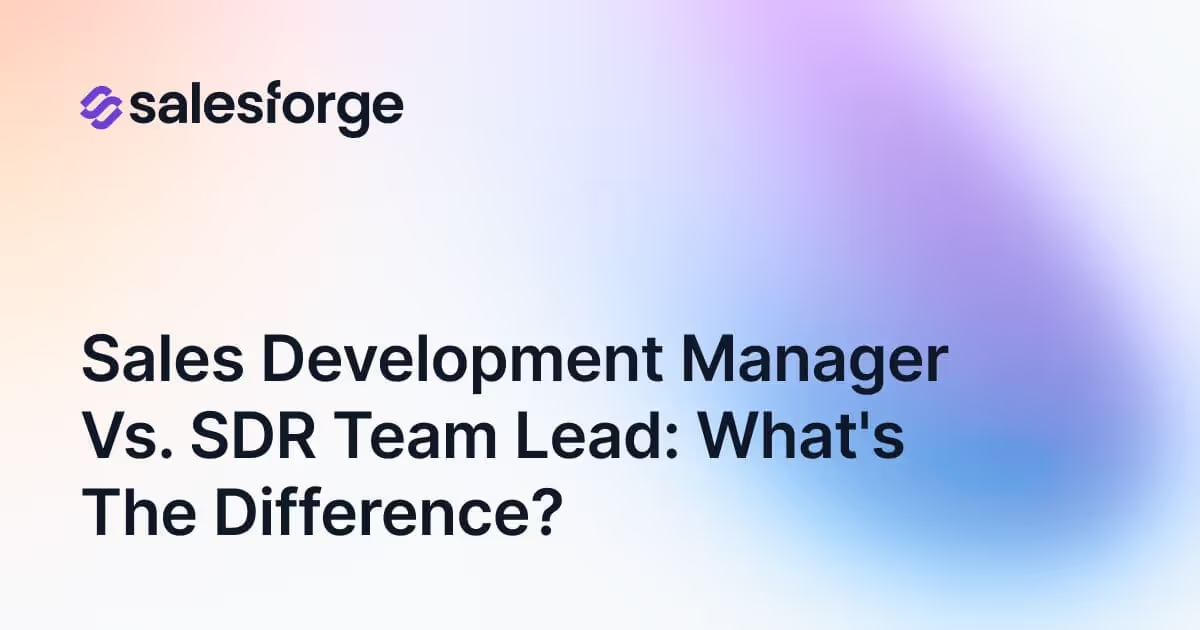How to Send Thousands of Emails with Ease
Introduction
Email campaigns are a popular marketing strategy used by businesses to reach their target audience and promote their products or services. An email campaign involves sending a series of emails to a list of subscribers with the goal of converting them into customers or clients. Email campaigns are an effective way to build relationships with customers, increase brand awareness, and drive sales. In this article, we will explore the benefits of email campaigns, how to choose the right email service provider, crafting the perfect email, strategies for increasing open rates, tips for automating your email campaigns, and analyzing your email campaign results.
Benefits of Email Campaigns
Email campaigns are a cost-effective marketing strategy that can help businesses reach a large audience. Unlike traditional advertising methods such as print or television ads, email campaigns can be targeted to specific demographics and interests. This means that businesses can tailor their message to the needs and preferences of their subscribers, increasing the likelihood of conversion.
Personalization is another benefit of email campaigns. By using subscriber data such as name, location, and purchase history, businesses can create personalized emails that resonate with their audience. Personalization can lead to higher open rates and click-through rates, as subscribers are more likely to engage with content that is relevant to them.
Measurable results and ROI are also key benefits of email campaigns. Email service providers (ESPs) offer analytics tools that allow businesses to track metrics such as open rates, click-through rates, and conversion rates. This data can be used to make data-driven decisions about future email campaigns and improve overall RO
Choosing the Right Email Service Provider
Choosing the right ESP is crucial for the success of your email campaigns. Factors to consider when choosing an ESP include deliverability rates, ease of use, integration with other marketing tools, customer support, and pricing.
Popular ESPs include Mailchimp, Constant Contact, and Campaign Monitor. Each ESP offers different features such as automation workflows, A/B testing, and segmentation options. Pricing and plans also vary, with some ESPs offering free plans for small businesses and others charging based on the number of subscribers or emails sent.
Crafting the Perfect Email
Crafting the perfect email involves several key elements. The subject line and preview text are the first things subscribers see when they receive your email, so it's important to make them attention-grabbing and relevant to the content of your email. Design and layout should be visually appealing and easy to read, with a clear call-to-action (CTA) that encourages subscribers to take action.
Effective copywriting is also important for the success of your email campaigns. Your copy should be concise, engaging, and focused on the benefits of your product or service. Personalization can also be used in your copy by addressing subscribers by name or referencing their purchase history.
Strategies for Increasing Open Rates
Increasing open rates is a key goal of email campaigns. Segmenting your email list based on subscriber data such as location or purchase history can lead to higher open rates as subscribers receive content that is relevant to them. A/B testing subject lines and content can also help determine which messages resonate best with your audience.
Timing and frequency of emails is another factor that can impact open rates. Sending emails at the right time of day and week can increase the likelihood of them being opened. However, it's important not to overwhelm subscribers with too many emails, as this can lead to unsubscribes.
Personalization and dynamic content can also increase open rates by making emails more engaging and relevant to subscribers.
Tips for Automating Your Email Campaigns
Automating your email campaigns can save time and improve efficiency. Setting up automated workflows based on subscriber behavior such as website visits or abandoned carts can trigger targeted emails that are more likely to convert. Drip campaigns and lead nurturing can also be used to build relationships with subscribers over time.
Integrating with other marketing tools such as social media or CRM software can also improve the effectiveness of your email campaigns.
Analyzing Your Email Campaign Results
Analyzing your email campaign results is crucial for making data-driven decisions about future campaigns. Key metrics to track include open rates, click-through rates, conversion rates, and unsubscribe rates. Interpreting and analyzing this data can help identify areas for improvement and make adjustments to future campaigns.
Making data-driven decisions is important for continuously improving your email campaigns and maximizing RO
Conclusion
Email campaigns are a powerful marketing strategy that can help businesses reach their target audience and drive sales. By choosing the right ESP, crafting the perfect email, and implementing strategies for increasing open rates and automating your campaigns, businesses can improve the effectiveness of their email marketing efforts. Analyzing campaign results is also crucial for making data-driven decisions and continuously improving ROI. With these tips in mind, businesses can start or improve their email campaigns and see real results.





